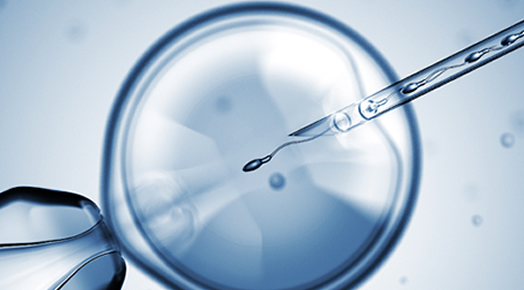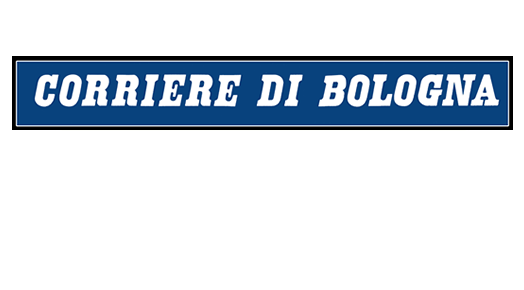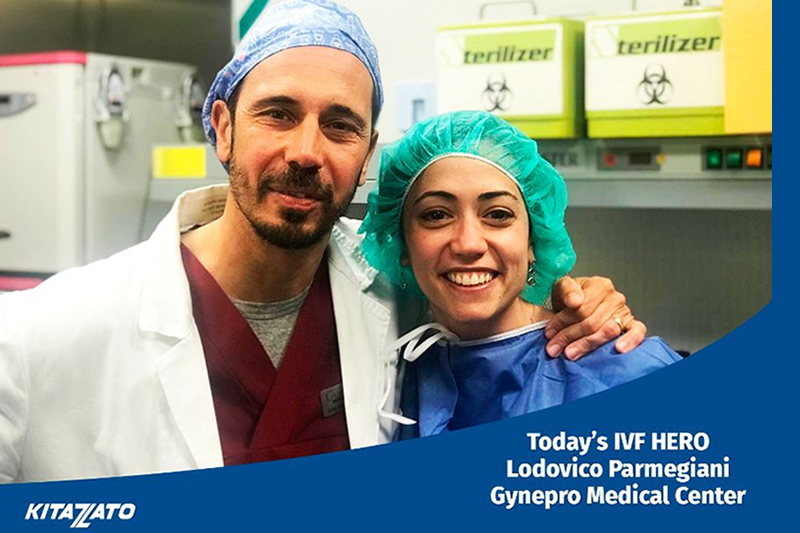Risk of microbial contamination in ART procedures: a (preventable) big waste of money.
- Nterilizer News
- Hits: 1491
In assisted reproductive technology (ART) the maximum efficiency is required. For obvious reasons in term of significant monetary costs for the procedures and the emotional implications of the topic, is mandatory to reduce the preventable risk of failure.
Data about contamination in assisted reproductive technology and the related costs are very interesting, as shown in a recent study published on Journal of Assisted Reproduction and Genetic (JARG) (1).
Microbial contamination jeopardizes the quality of cells and tissues and, so, the success rate of IVF procedures. The impact in term of monetary cost in ART industry is enormous. It can be estimated considering the prevalence of contaminations (about 0.7%, according to literature), the number of IVF cycles per year, and the cost of the IVF procedure.
As stated by national register, approximately 285.000 IVF cycles were carried out in the USA in 2017. Considering the estimated percentage of contamination, nearly 2000 cycles present microbiological contamination with a decline in cells quality and without successful ET in most cases. This implies a mean cost per patient of US$ 10,000 (according to the actual prices in US market) with an overall cost of about US$ 20 millions per year. This estimation does not include ancillary costs for the couples who do not achieve pregnancy due to potentially non-detectable contamination of embryo cultures. Taking this into account, the overall effect is impressive.
In 2017, over 75,000 cycles of IVF were carried out in 119 licensed fertility clinics across the UK where the cost of IVF is around £ 5000 (US$ 6500) per cycle of treatment. Using the same parameters to estimate the cost for microbial contamination in the USA, an overall cost in UK is about US$ 3.4 millions.
In Brazil, on average, each IVF cycle costs R$ 15,000 (US$4000). Considering 36,370 IVF cycles reported in 2017 and the estimated rates of 4.8% of microbial contamination reported in national registers, the total cost of microbiological contamination in ART laboratories and clinics per year reaches nearly R$ 26.1 million (US$7 million), a non-negligible cost for IVF clinics and patients.









